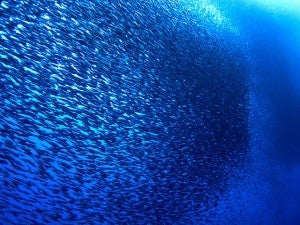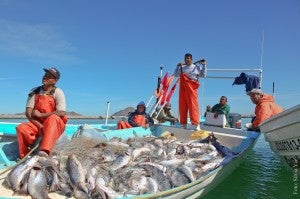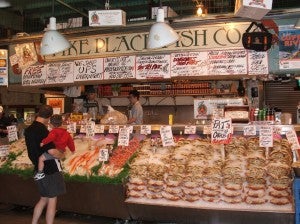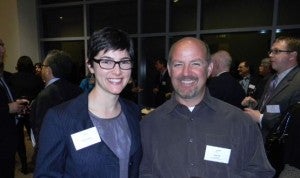
photo credit: wanderlasss via photopin cc
To paraphrase F. Scott Fitzgerald, the test of a first rate intelligence is the ability to entertain two opposed ideas at the same time and still function.
Two views on the importance of catch data for estimating the abundance of fish populations are portrayed as opposing ideas in recent articles, but both of the “antagonists” display first rate intelligence by coming to the same conclusion: catch data send an important signal about the status of a fish population, but other kinds of information must be applied to avoid being confounded by all the other things that affect catch and come to a reasonably accurate estimate of fish abundance.
This argument over methodology may seem arcane, but the stakes are high: estimates of the status of global fisheries based on catch data, which are available for most fisheries, suggest they are in pretty poor shape, because catches have declined sharply in many of them. But when one looks at stocks that have been assessed by scientists who take into account fishery-independent measures of abundance, the situation looks far less dire, because decreases in catch can result not only from decreased abundance, but also from changes in markets, environmental conditions, regulations, and even in what fish are called – Hilborn and Branch point out that in the 50’s, all sharks were put into only 7 categories, but now there are 36 groups for which catch data are collected, so that reduced catch in some of the earlier categories may merely be the result of re-classification. Read More














